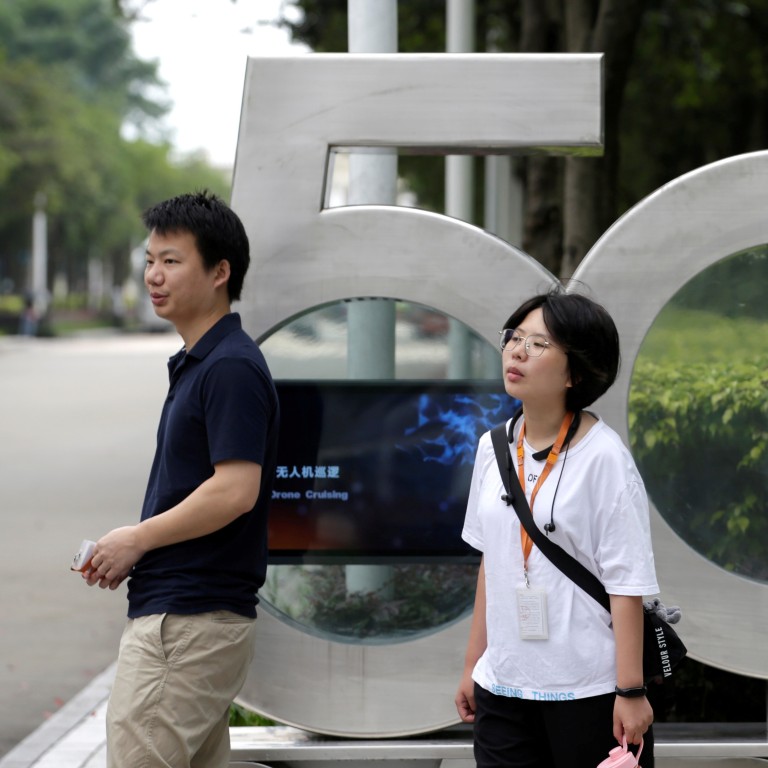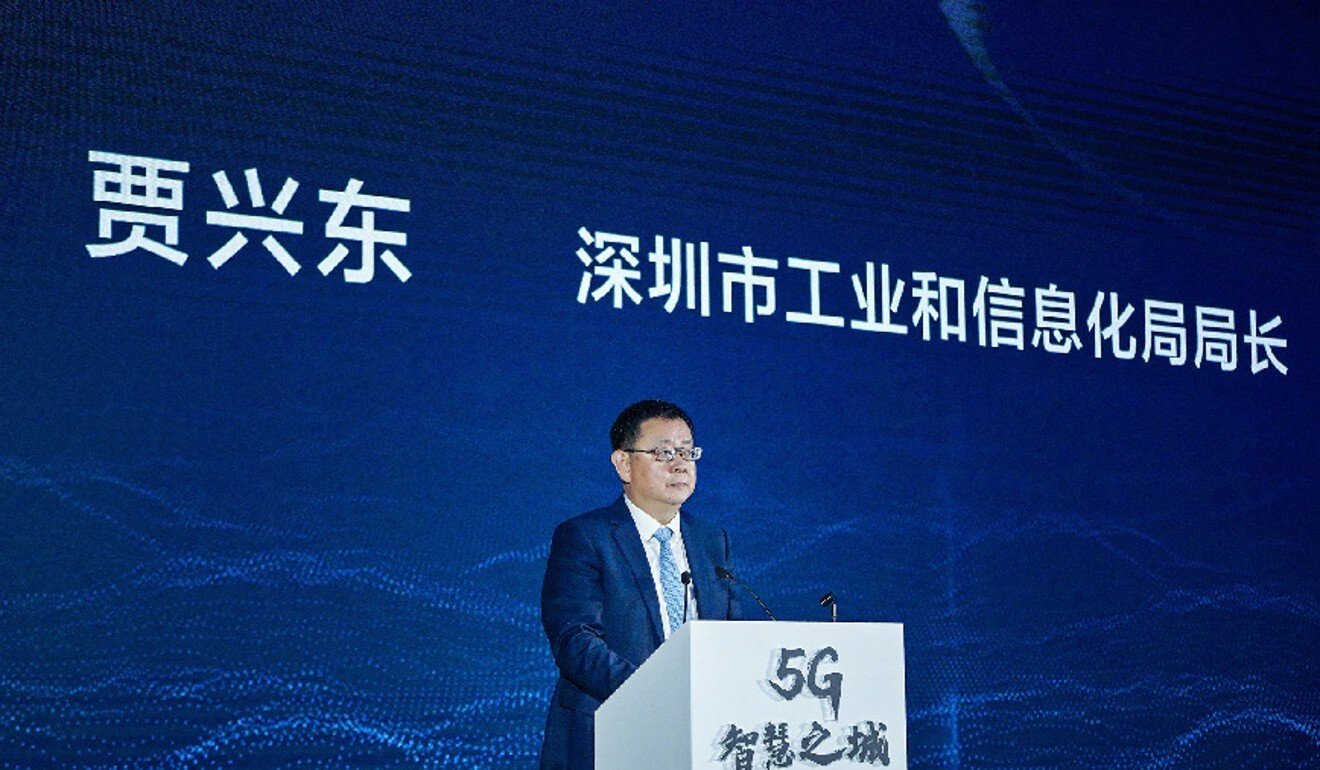
Chinese tech hub Shenzhen says it’s the first city in the world to to have full stand-alone 5G coverage
- Shenzhen aims to have its stand-alone 5G network power smart factories, medical technology and more
- Often compared to Silicon Valley, the city is home to Chinese tech giants like Tencent and Huawei
In most cities around the world, people are still waiting for 5G to arrive with all its futuristic promises of super fast wireless internet. But in China’s southern tech hub of Shenzhen, sometimes called China’s Silicon Valley, the mayor says it’s the first to achieve “full coverage”.
Mayor Chen Rugui made the announcement this week. State media reported that Shenzhen was the first city in the world to have full coverage of a stand-alone 5G network, which doesn’t rely on existing 4G infrastructure.
The city didn’t specify what it means by full coverage or whether people in even the remotest areas within the city limits can now expect a 5G signal to reach them. So far, Shenzhen has built more than 46,000 5G base stations, said Jia Xingdong, director of the city’s Industry and Information Technology Bureau.
Having a stand-alone 5G network might not matter much to the average smartphone user. The first wave of wave of 5G networks rely on 4G infrastructure while still delivering an impressive speed boost.

Shenzhen, once known as the factory of the world, is today perhaps best recognised for the several tech giants that call the city home. Familiar names include gaming giant and WeChat developer Tencent, smartphone and telecommunications equipment makers Huawei and ZTE, and DJI, the world’s largest consumer drone company. The city is also home to a bevy of hardware start-ups, many of which rely on the factories in the surrounding Pearl River Delta region to make their products.
This might explain the interest in industrial applications for 5G. The existing base stations are also set to power the city’s 20 projects demonstrating 5G applications. The projects are worth a combined 1.6 billion yuan (US$231 million) and cover medical technology, industrial internet, and transportation, among other areas.

